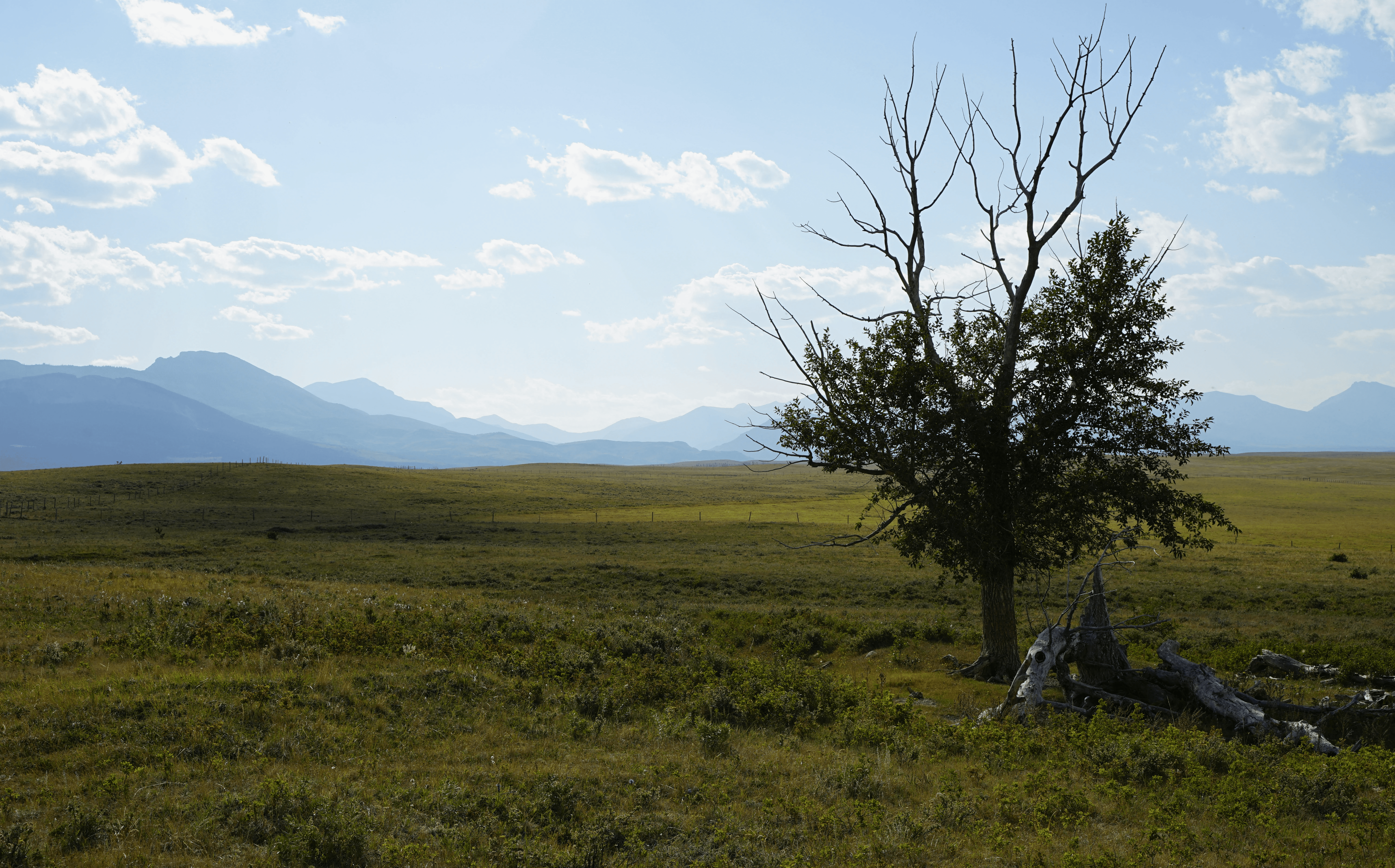A New Retirement Landscape
Retirement planning looks different after the passage of the One Big Beautiful Bill Act (OBBBA) in July 2025. While the law did not directly rewrite IRA or 401(k) rules, it did cement tax brackets and create an entirely new type of account — the Trump Account. That combination makes the next 15 months (through the end of 2026) a unique planning window for high earners, farm families, and the self-employed.
The Roth Conversion Window: 2025–2026
Because OBBBA extended current income tax brackets through 2026, individuals have a two-year window to consider Roth conversions at today’s rates.
Converting a traditional IRA or 401(k) to Roth means paying tax now — but locking in tax-free growth later.
For business owners and farmers with uneven income, conversions can be timed to lower-income years to minimize the bite.
Starting in 2027, higher rates are scheduled to return unless Congress acts, so conversions in 2025–2026 may be especially attractive.
What Didn’t Change: IRA and Inherited Account Rules
It’s worth underscoring: OBBBA didn’t change the IRA landscape directly. That means:
Traditional IRAs and Roth IRAs still follow the same contribution and distribution rules as before.
SIMPLEs and SEPs have not been overhauled, though many custodians already allow Roth-style contributions due to prior law.
The inherited IRA rules (including the 10-year payout requirement for many non-spouse heirs) still apply, but they were not newly adjusted in this law.
Families still need to coordinate estate planning with these existing rules, but OBBBA itself didn’t reset the table here.
Enter Trump Accounts
The headline innovation in OBBBA is the Trump Account.
Children born between 2025 and 2028 receive a $1,000 federal seed contribution.
Families can add up to $5,000 per year after-tax.
Growth is tax-deferred, with more details on withdrawals expected in Treasury guidance.
Think of it as a flexible generational wealth account. It doesn’t replace Roths or 529s, but it offers a new side pocket for families already maxing out other tools.
The Family Shuffle: Roths, 529s, and Trump Accounts
Families will now weigh three savings pillars:
Roths for retirement: conversions or contributions build long-term, tax-free income.
529s for education: Montana still allows a state income tax deduction (recently increased under HB 845) for contributions to the Montana Family Education Savings Program.
Trump Accounts for flexibility: tax-deferred growth for the next generation with fewer restrictions than 529s.
The right balance depends on goals:
A farmer looking to shelter future retirement income might emphasize Roths.
Parents with college-bound kids may keep 529s in play to capture the state tax deduction.
Grandparents may open Trump Accounts to layer on a new stream of long-term savings for heirs.
Montana-Specific Planning Considerations
State Income Tax on Retirement Withdrawals: Montana taxes most IRA and pension withdrawals, but qualified Roth withdrawals remain tax-free — strengthening the case for Roth conversions.
Pension & Annuity Exclusion: Montana offers a modest exemption (around $4,800, phased out for higher incomes), so most higher-income retirees can’t rely on it.
529 Deduction: The state deduction for 529 contributions has been increased, making education savings more attractive alongside federal options.
Estate Planning: Montana has no estate or inheritance tax, so families focus on federal exemptions and practical issues like water rights, probate, and ag land transfers.
Bringing It All Together
OBBBA didn’t overhaul retirement accounts themselves — but it reshaped the playing field by freezing today’s tax rates through 2026 and adding Trump Accounts to the mix. For Montana families, Roth conversions, 529 deductions, and estate planning remain the key levers, with Trump Accounts now in the lineup.
The action item:
Review whether Roth conversions make sense before 2027.
Capture Montana’s 529 deduction if education is in view.
Consider Trump Accounts as a complement for kids and grandkids.
Coordinate these moves with estate and succession planning unique to farm and ranch families.
Fall 2025 is the season to get your plan in motion. The rules are clear, the opportunities are real, and the shuffle has already begun.


Sandra Vasquez
Year-End Tax Planning — Steps to Take Before December 31, 2025
Get ahead of year-end by reviewing smart tax moves—from business structure and depreciation choices to individual credits and retirement strategies—that can help you cut taxes and plan confidently for 2025.


Sandra Vasquez
Education & Healthcare Benefits Reframed
Fall is the season for planning — for school, savings, and next year’s benefits. Learn how Montana families can take advantage of new rules for HSAs, FSAs, and 529 plans in 2025 to make their plans work smarter, not harder.


Kassidy Wagner
TOBBBA Family and Child Tax Credits
We break down what the new federal Child Tax Credit and Montana’s proposed family credits mean for your budget. From better savings tools to targeted relief for working parents, here’s what you need to know to plan ahead.



